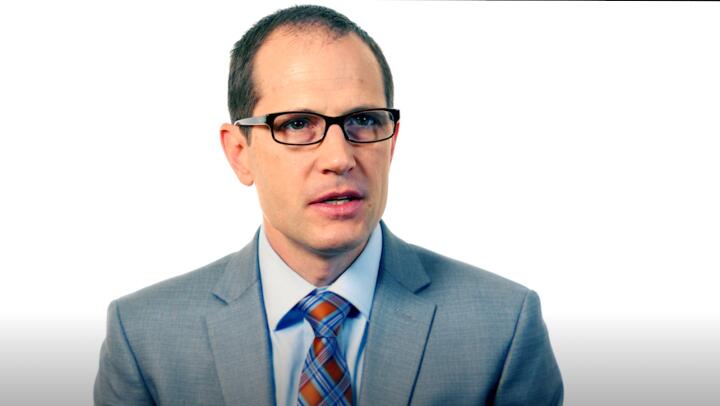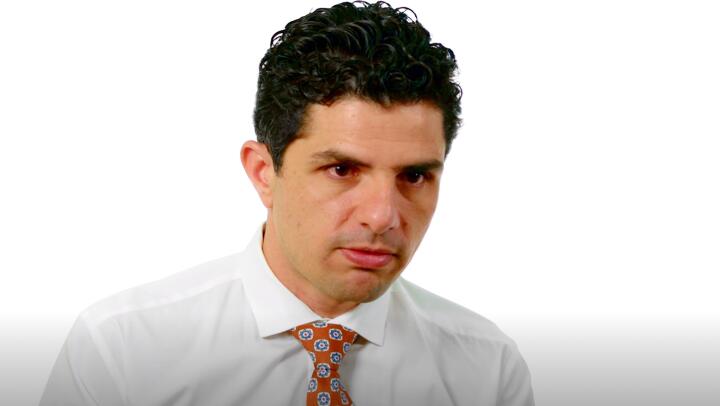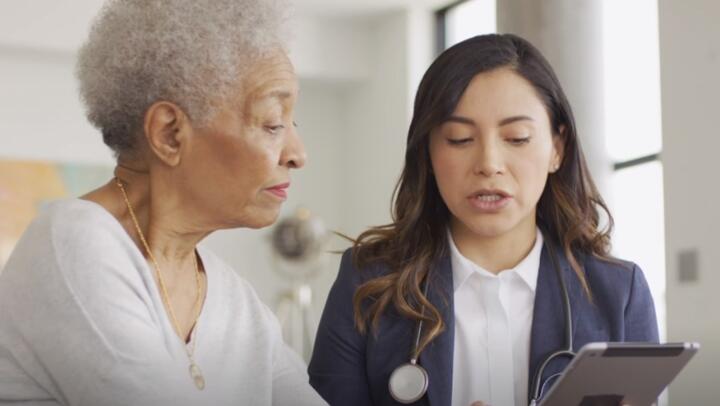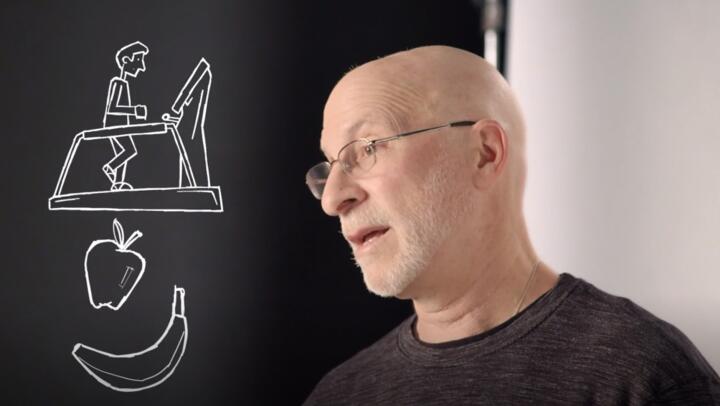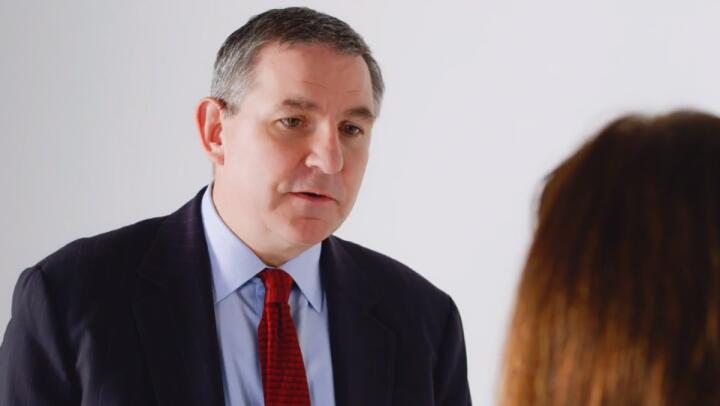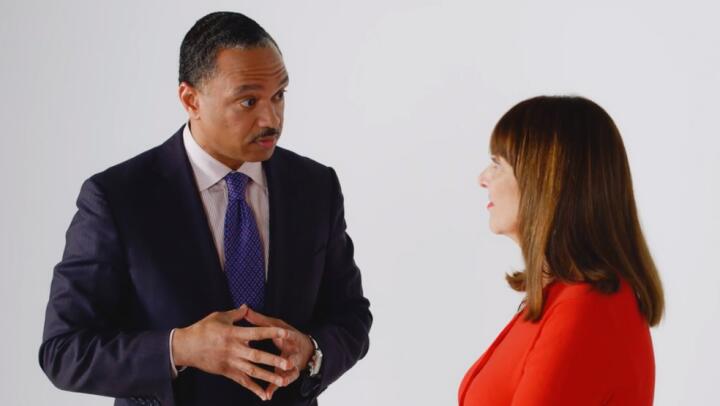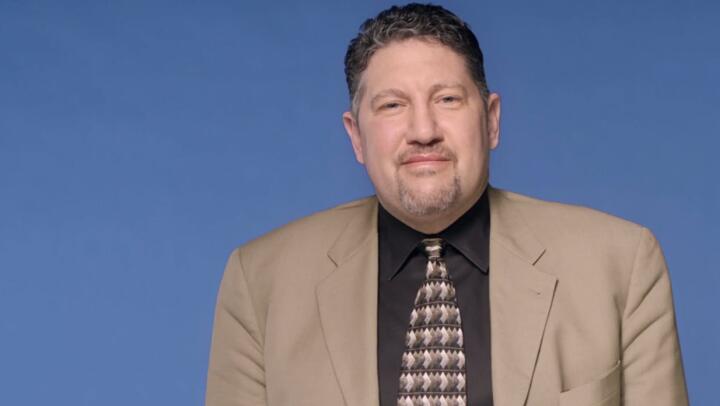What is advanced cardiac life support (ACLS)?
Advanced cardiac life support (ACLS) is a group of procedures and techniques that treat immediately life-threatening conditions, including cardiac arrest, shock, stroke, and trauma. ACLS procedures and techniques are arranged into algorithms. Algorithms are a set of standard guidelines that improve the speed, effectiveness and outcomes of ACLS. The goal of ACLS is to stabilize your condition. This includes restoring normal vital signs and alertness.
ACLS and other types of intensive medical care save lives. ACLS generally does not reverse or cure an underlying end-stage or life-threatening condition. It is not successful in all cases.
Do-not-resuscitate (DNR) options that do not use ACLS may be appropriate in some cases, such as in end-stage cancer. Discuss all end-stage disease treatment options with your doctor to understand which choices are best for you or your family member. You can specify your choices ahead of time.
Types of ACLS treatments
Some conditions and diseases require many ACLS procedures and techniques, while others may only use a few. ACLS includes:
Airway stabilization and treatment including placing a breathing tube in the windpipe (intubation). Mechanical ventilation using a ventilator assists or performs breathing.
Arterial line insertion to take continuous blood pressure readings. It also provides a catheter in an artery to draw blood for necessary lab tests.
Breathing treatments to open constricted airways due to asthma, allergic reactions, or COPD (chronic obstructive pulmonary disease)
Cardiopulmonary resuscitation (CPR) to keep oxygenated blood pumping through the body until the heart and lungs can perform this on their own. This requires pushing down fast and firmly on the chest.
Cardioversion to treat certain cardiac arrhythmias (abnormal heartbeats). A common example is atrial fibrillation. Cardioversion uses medications or low-energy electrical shocks to restore a normal heartbeat.
Chest tubes or needle decompression to re-inflate a collapsed lung
Defibrillation to restore a normal heartbeat using a high-energy electrical shock
Intravenous (IV) or central venous catheter placement to deliver fluids, medications, and blood transfusions
- IV medications to treat many conditions. IV medications can reverse life-threatening allergic reactions, correct acidosis, and suppress abnormal heartbeats. They can reduce the workload on the heart, reduce fluid buildup, and dissolve a clot that is causing a heart attack. They can also improve blood pressure and vital signs.
Oxygen therapy to increase the amount of oxygen in the blood
Pacing to correct certain abnormal heartbeats
Why is advanced cardiac life support (ACLS) performed?
Advanced cardiac life support (ACLS) treats severe or life-threatening conditions including:
- Coma including coma due to stroke, head injury, seizures, meningitis, or diabetes
Drug toxicity and chemical exposure including overdose, poisoning, or serious adverse effects of medications and street drugs
- Electrolyte imbalance including abnormal amounts of potassium, calcium or magnesium in the bloodstream
Heart conditions including cardiac arrest, heart attack, certain congenital heart defects (birth defects), congestive heart failure, and cardiac arrhythmias (abnormal heartbeats).
Arrhythmias include ventricular fibrillation, ventricular tachycardia, supraventricular tachycardia, and rapid atrial fibrillation
- Respiratory failure including problems due to asthma, pulmonary edema (fluid in the lungs), and pulmonary embolism (blood clot in the lung)
Severe allergic reactions including anaphylaxis, a life-threatening allergic reaction
Shock including shock due to severe bleeding, spinal cord injury, heart conditions, and sepsis (a body-wide reaction to infection)
Terminal illnesses including end-stage liver failure and advanced cancer
Trauma and injuries including severe burns, major cuts, head and spinal cord injuries, multiple trauma, and smoke inhalation
Who performs advanced cardiac life support (ACLS)?
A team of specially trained healthcare providers performs advanced cardiac life support (ACLS). ACLS teams generally include doctors, nurses, and respiratory therapists.
The following doctors perform advanced cardiac life support (ACLS):
Cardiac surgeons specialize in the surgical treatment of conditions of the heart and its blood vessels. Cardiac surgeons may also be known as cardiothoracic surgeons.
Cardiologists specialize in the medical treatment of heart disease.
Critical care medicine doctors specialize in the diagnosis and management of life threatening conditions.
Emergency medicine and trauma doctors specialize in rapidly diagnosing and treating acute illnesses, conditions, injuries, and complications of chronic diseases.
Thoracic surgeons specialize in the surgical treatment of diseases of the chest, including the blood vessels, heart, lungs and esophagus. Thoracic surgeons may also be known as cardiothoracic surgeons.
How is advanced cardiac life support (ACLS) performed?
ACLS is performed anywhere it is needed in a hospital or clinic. This includes the intensive care unit (ICU), emergency room (ER), operating room (OR), recovery area, and general medical units. Paramedics perform ACLS in pre-hospital settings under the guidance of a doctor.
The ACLS procedure varies, depending on a patient’s condition. ACLS always includes continuous monitoring of your vital signs, heart rhythm, and other important body functions. ACLS generally includes these steps, which occur very rapidly and often at the same time:
The ACLS team assesses the patient, including alertness, airway (windpipe), respirations, and pulse and heart rhythm to determine the need for ACLS.
The ACLS team performs CPR if needed until equipment is available to defibrillate or cardiovert the patient. This involves applying electrodes or paddles to the chest and shocking the heart to convert an arrhythmia (abnormal heartbeat) to a normal rhythm. Most defibrillator devices can also provide temporary pacemaker functions.
The ACLS team re-analyzes the heart rhythm and provides more shocks as needed. The team continues CPR during this time as needed.
The ACLS team inserts a tube through the mouth or nose if the patient isn’t breathing effectively. The team attaches the tube to a ventilator or other device that provides oxygen and assists with breathing.
The ACLS team starts IV lines and possibly a central venous line to give medications, fluids, and blood transfusions. The team may start an arterial line in a wrist artery to monitor blood pressure. It also provides a catheter to draw blood for lab tests.
Breathing treatments are used to open the airways for certain conditions, such as severe asthma and chronic obstructive pulmonary disease (COPD).
The ACLS team or other specialized teams will perform other treatments as needed.
Will I feel pain?
Your comfort is important to both you and your care team. Some ACLS procedures and techniques are uncomfortable or painful. Patients are often unconscious and unaware of ACLS procedures. You will get sedatives and pain medication so that you stay comfortable if you are alert. Tell a member of your ACLS team if you are uncomfortable.
What are the risks and potential complications of advanced cardiac life support (ACLS)?
There are risks of advanced cardiac life support (ACLS), but the life-saving benefit of ACLS generally outweighs potential complications. Risks and complications vary depending on the procedure or technique:
CPR can cause broken ribs and chest pain
Defibrillation or cardioversion can cause skin burns or irritation, myocardial necrosis (death of heart muscle tissue), and cardiac arrhythmias (abnormal heartbeats). Cardioversion can displace a blood clot that has developed due to a type of arrhythmia called atrial fibrillation. A blood clot can travel to the brain and cause a stroke.
IVs, central venous catheters, and arterial lines can cause hematomas (large bruises), bleeding, blood clots, and infection. An arterial line can also block the artery and reduce blood supply to tissues.
Medications can cause allergic reactions and side effects that can be serious in some cases.
Reducing your risk of complications
You can reduce the risk or severity of some complications of ACLS by:
Following activity, dietary and lifestyle restrictions and recommendations during your recovery
Notifying your doctor right away of any concerns, such as bleeding, fever, increase in pain, chest pain, shortness of breath, or dizziness
Taking your medications exactly as directed
Wearing a medical ID bracelet or other identification that lists your allergies and medical conditions
What can I expect after advanced cardiac life support (ACLS)?
Knowing what to expect can help make your road to recovery after advanced cardiac life support (ACLS) as smooth as possible.
How long will it take to recover?
You will stay in a critical care unit where you are closely monitored after ACLS. Units include a trauma unit or intensive care unit (ICU). You may also need other treatments to treat the underlying cause of your condition.
Recovery time after ACLS varies depending on the underlying cause, general health, age, and other factors. Talk to your doctor about all the factors that influence your recovery and when you can return to normal activities.
How will I feel after ACLS?
It is common for people who have survived a serious event or near-death experience to be upset and experience anxiety and fear. Some people find it helpful to talk to a pastor, therapist, or other professional support person.
You will also likely feel fatigued and have other side effects from your treatments. Tell your care team about any pain, discomfort, or other symptoms.
When should I call my doctor?
It is important to keep your follow-up appointments after ACLS. Contact your doctor for routine questions and concerns between appointments. Seek immediate medical care if you have:
Breathing problems, such as shortness of breath, difficulty breathing, labored breathing, or wheezing
Change in alertness, such as passing out, dizziness, unresponsiveness, or confusion
Chest pain, pressure, squeezing or palpitations
How might ACLS affect my everyday life?
ACLS can save your life, but will not generally cure underlying diseases and conditions. You may need to take new medications and make changes to your diet and lifestyle as a part of your treatment plan after ACLS. Treatment plans vary depending on the underlying disease or condition, general health, age, and other factors. Ask doctor about your diagnosis and treatment plan and how it will affect your everyday life.





